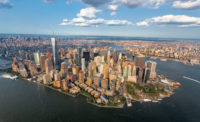DDC Releases New Handbook of Municipal Design Principles
A new initiative from New York City’s primary design and construction agency aims to inspire rather than instruct.
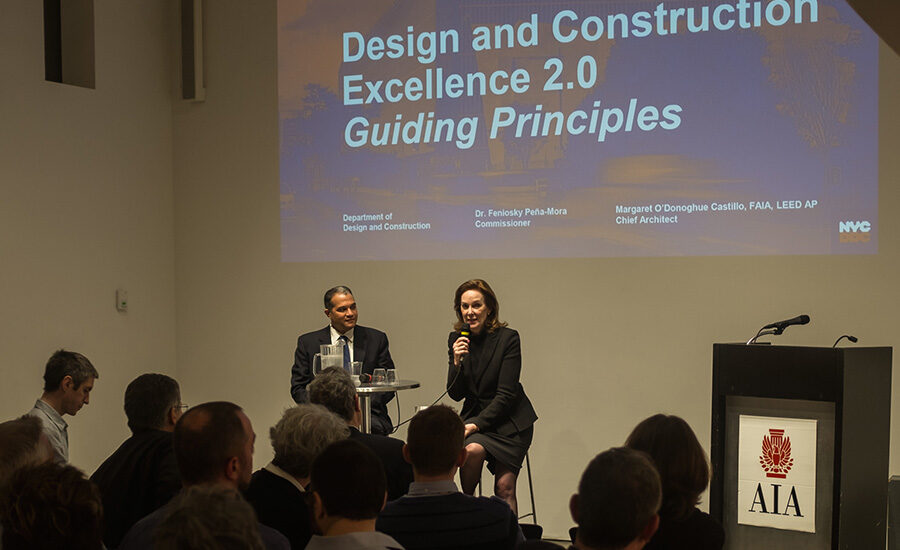
Design & Construction Excellence 2.0
At the Center for Architecture on March 9, DDC Commissioner Feniosky Peña-Mora and Chief Architect Margaret Castillo, FAIA, presented four new guiding principles for urban design.
Photo courtesy New York City Department of Design and Construction
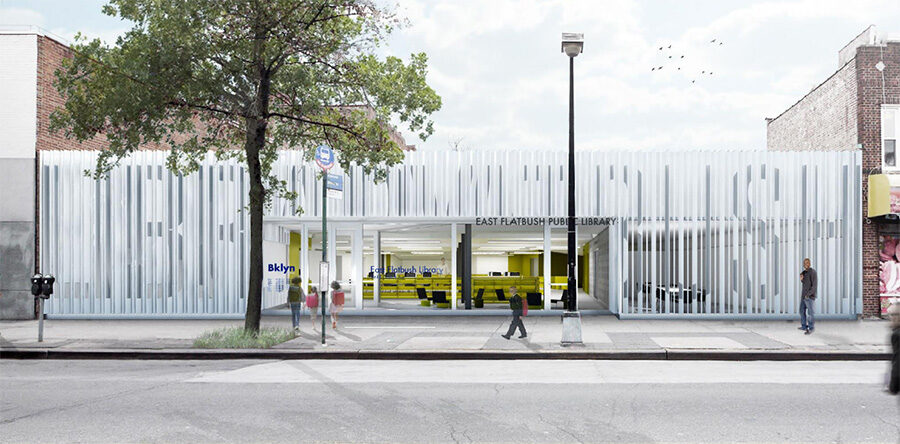
East Flatbush Library
In his presentation, Peña-Mora pointed to Leven Betts Studio’s proposed renovation of the East Flatbush Library as an example of equitable design.
Rendering courtesy New York City Department of Design and Construction
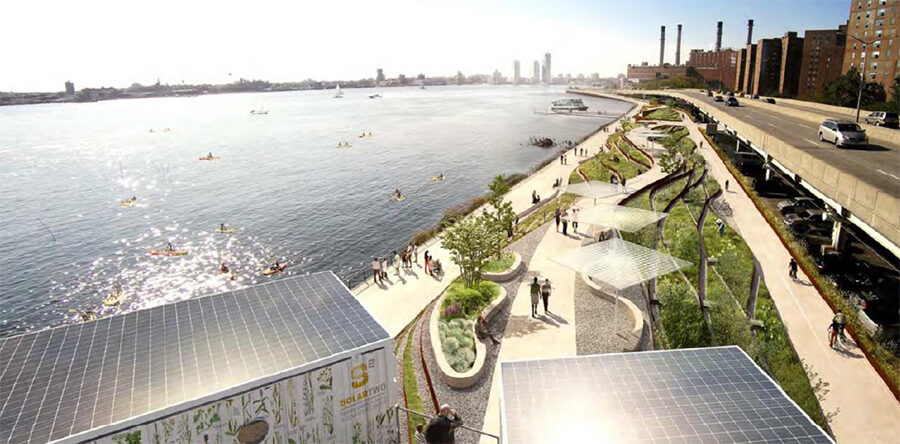
East Side Coastal Resiliency Project
In the wake of Hurricane Sandy, this flood protection project aims to protect Manhattan’s Lower East Side from storm surges. The DDC highlights this project as a case study for resilient design.
Rendering courtesy New York City Department of Design and Construction
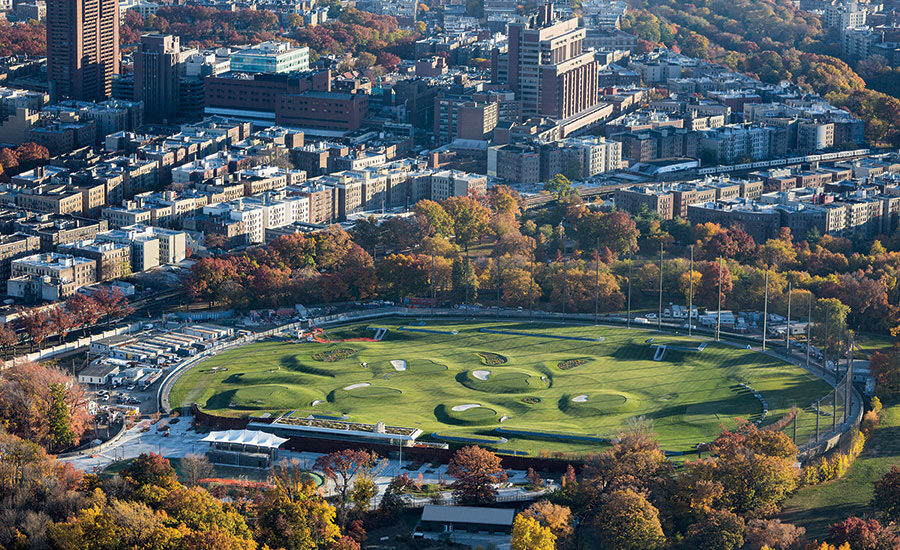
Croton Water Filtration Plant
The Grimshaw Architects’ treatment plant in the Bronx (also in RECORD this Month) is presented by the DDC as an example of another of its guiding principles: sustainability.
Photo © Alex MacLean
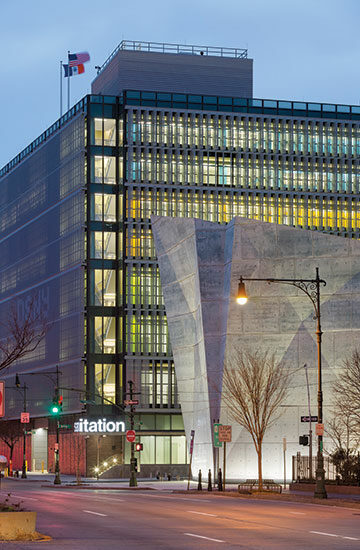
Manhattan Districts 1/2/5 Garage and Salt Shed
Another project cited by the DDC as an example of resilient design is the new salt shed in downtown Manhattan, covered in Architectural Record this month.
Photo © Albert Vecerka/ESTO





The New York City Department of Design and Construction (DDC) unveiled a revamped set of priorities March 9 for architects working on public facilities and infrastructure. These four new guiding principles—equity, sustainability, resiliency, and healthy living—align with Mayor Bill de Blasio’s environmental and economic policies.
DDC Commissioner Feniosky Peña-Mora and Chief Architect Margaret Castillo explained the initiative to a full house at the Center for Architecture in Manhattan. Both emphasized that the four principles do not offer specific regulations for DDC-managed projects—a robust portfolio whose budget last year amounted to $10 billion. Rather, these concepts are meant to foster conversation about how design can strengthen the city.
“We don’t want to be prescriptive,” Peña-Mora said. “There are many ways to implement these ideas.”
The principles, outlined in a book, provide a launching point for Design and Construction Excellence 2.0, the DDC’s updated framework. The book contains case studies of existing projects, either completed or on the boards, that the DDC believes exemplify each principle. It highlights Dattner and WXY’s salt shed, for example, as a project that demonstrates resiliency: its use of robust materials will allow it to withstand flooding. Other case studies concentrate on different facets of resilient design, and dozens more are shown through the lenses of equity, sustainability, and healthy living.
According to Peña-Mora, the DDC hopes to challenge and expand people’s definitions of each of these concepts. He used equity as an example: equitable design, he said, has to involve more than just placing a resource like a library in an underserved neighborhood. “[Equitable design] is about what the building brings in terms of community capital,” he said. “We want to ensure that our buildings are welcome to all and have easy access to services.”
Castillo noted that the principles work hand-in-hand with Mayor de Blasio’s OneNYC plan, which was released last April. The plan includes a goal to reduce the city’s greenhouse gas emissions by 80 percent by 2050.
“These are things architects have talked about for a long time,” she said. “But what I think is different is that right now we have the political will for City Council members to say, ‘How low-energy can you design?’”
That political will was apparent last week: on the same day as Castillo and Peña-Mora’s presentation, City Council passed two laws that will bolster sustainability requirements for new buildings in the five boroughs. The first law requires that new capital projects use no more than 50 percent of their building type’s current median energy use. The second updates LEED sustainability standards and requires that new projects achieve a LEED Gold certification.


